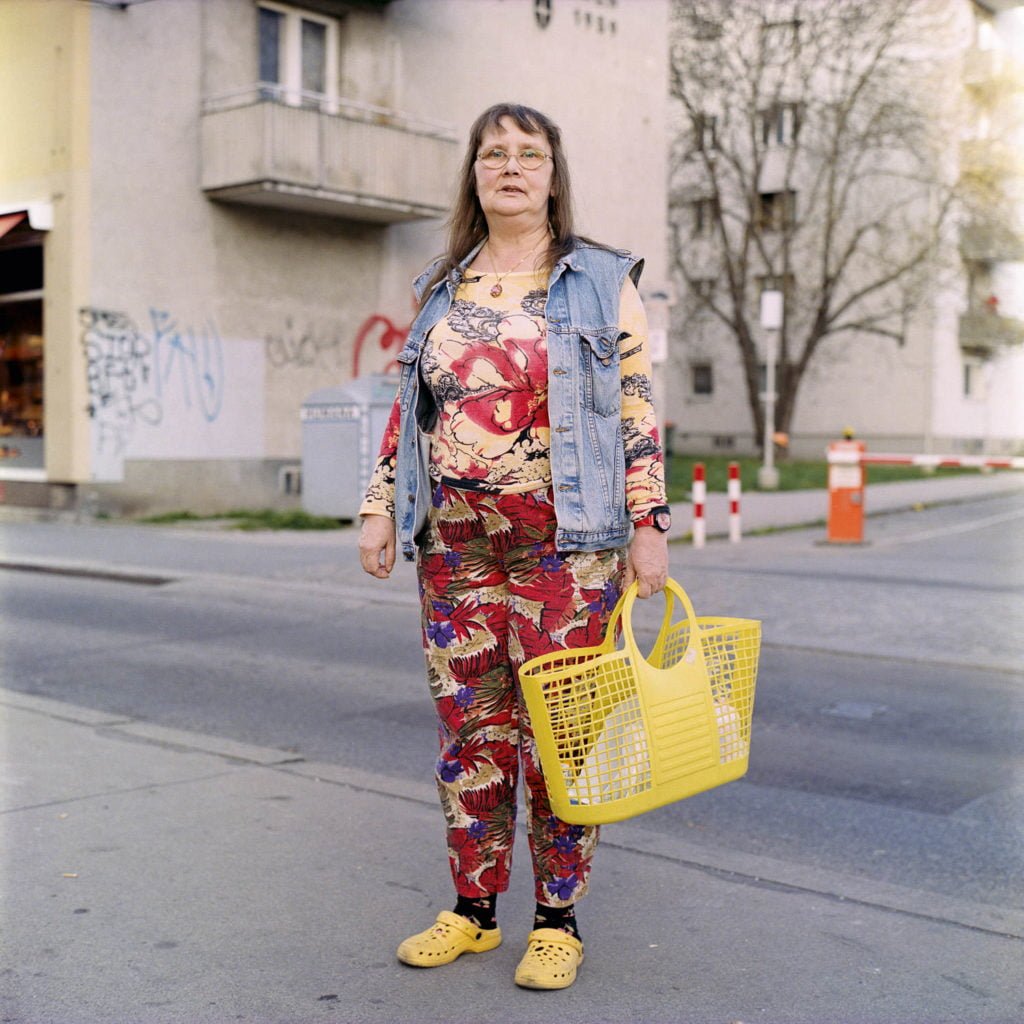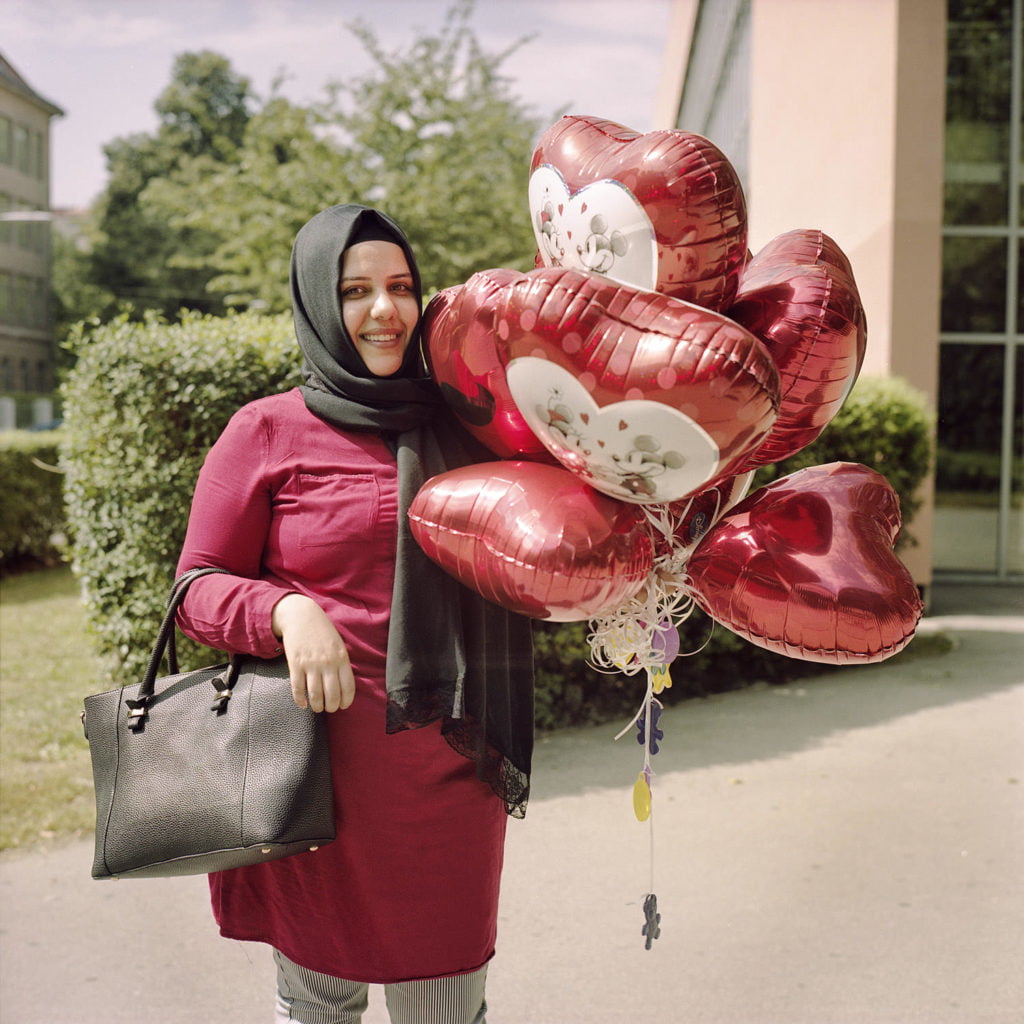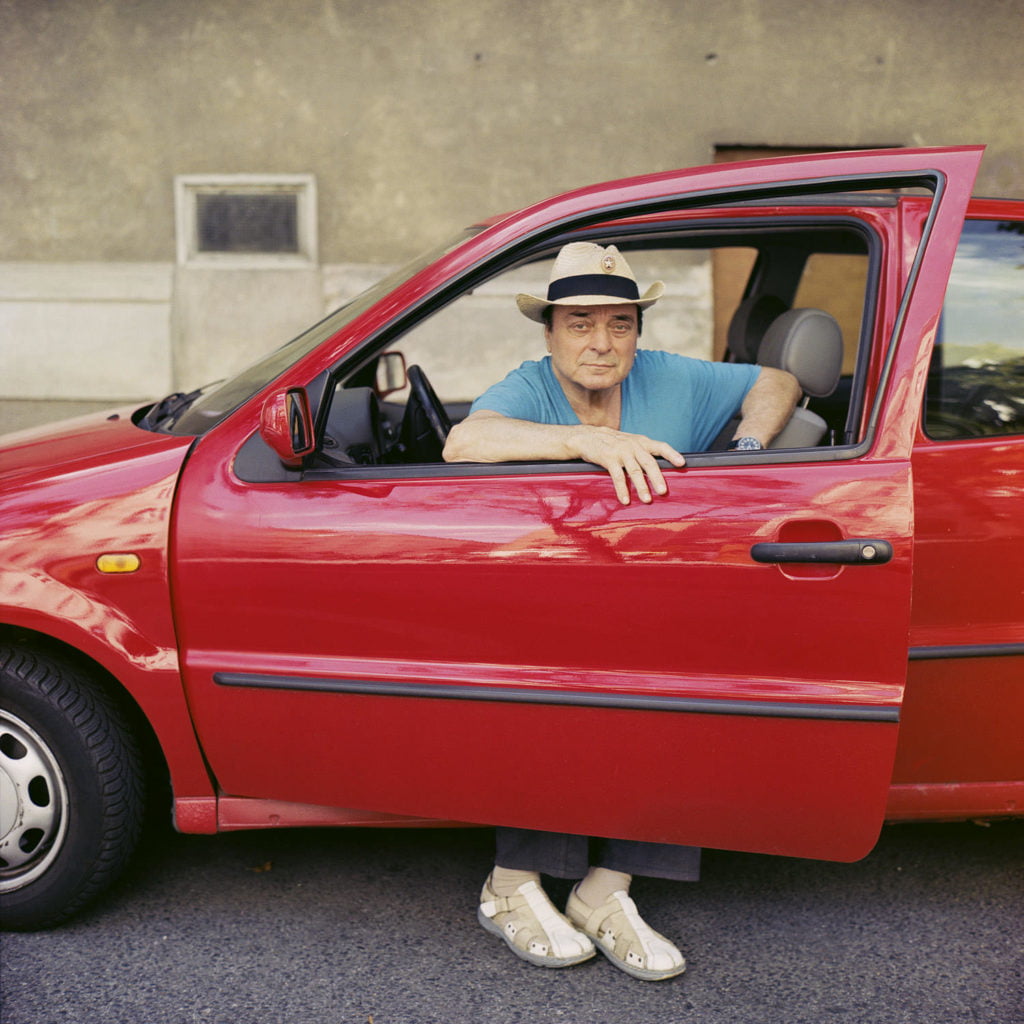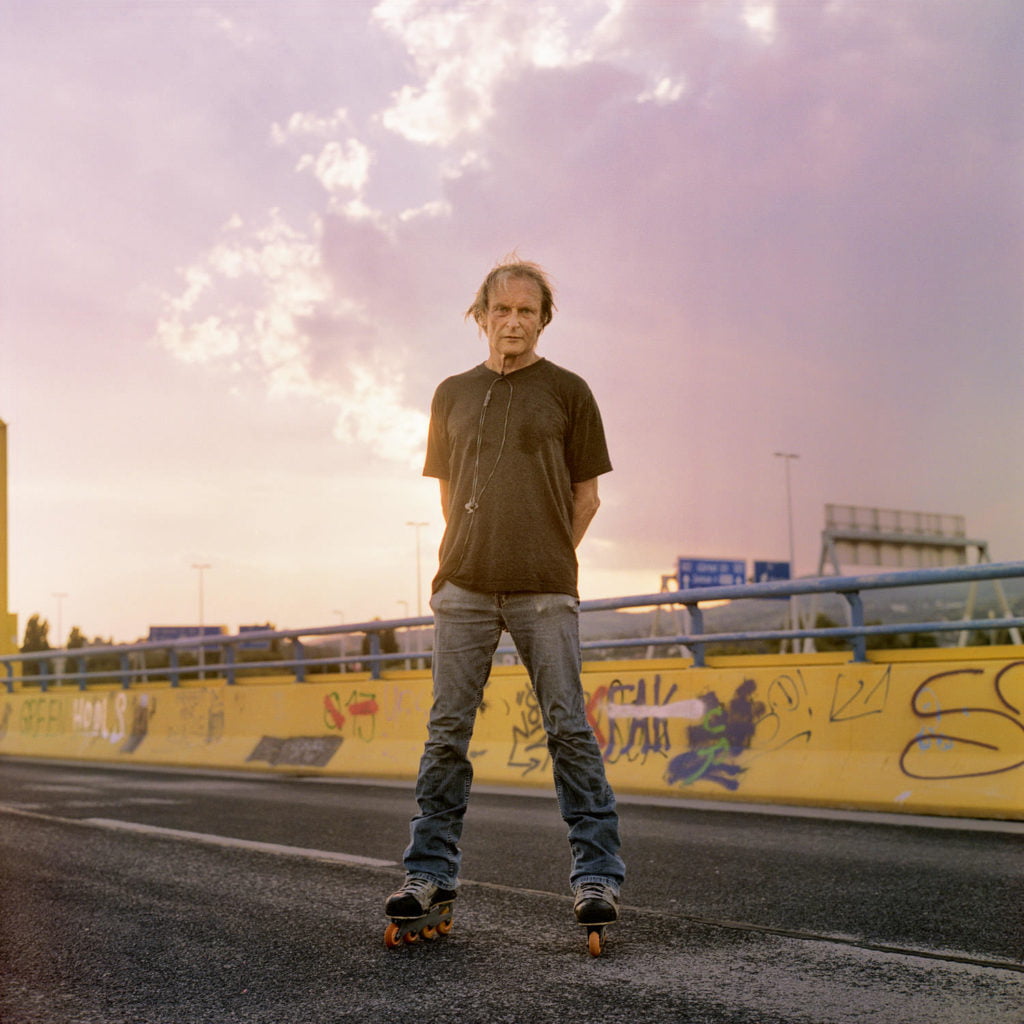Christopher Mavrič
Between Bridges. Street Portraits from Vienna-Brigittenau
I’ve been living in Vienna’s Brigittenau district since early 2015. That came about because there are still affordable flats available for rent here. I later found out that my great-grandfather, whom I never knew, had actually lived on Leipziger Strasse for a few years, until his death in 1963.
I’d like to thank all the people who, until recently, had been unknown to me, people who placed their trust in me, a photographer and a stranger.
Christopher Mavrič
Christopher Mavrič, born 1985, studied information design at the FH Joanneum and at Friedl Kubelka’s school for artistic photography in Vienna. His first book Wildfremd – Straßenportraits aus Graz & Wien was published at Fotohof edition in 2015. Lives and works in Vienna and Graz.
www.c-mavric.at
Photographs can be seen as materialised traces, traces of an exploration the photographer has chosen to conduct with the desired object. During that process, socio-cultural, economic, technical and space-time circumstances inscribe themselves in the photograph, some more consciously so than others. But once a person steps in front of the camera lens, the process becomes significantly more complicated. That’s what drives Mavrič. As a photographer who creates his images on the streets, he is continually having to face the question of how he would like to engage with the depicted and how he then actually does engage. Unlike the studio setting, where the roles of portrayer and portrayed are firmly set out by the institution, the situation out on the street is largely undefined. So in order to steer the transition into an individual’s personal and private sphere, the photographer has to have special skills. A skilled handling of the camera (in this instance a twin-lens Rolleiflex, 6 × 6 cm), a clear aware- ness of the sensitivity of events, and a formulated ethics of image-making are all part of that process, as is an eminent ‘presentness’ for spontaneous interaction and a gift for compositional improvisation.
Mavrič does not go for the covert or aggressive objectifying shot. Photo piracy and the associated aesthetic of the spectacular or spectacularly staged snapshot are not his thing. He is dismayed by the idea of wresting a secret from someone, of unmasking that person or uncovering something rarely seen. Rather, he prefers to rely on an underlying consent with the person who might be portrayed. First and foremost, that means acknowledging that every person has a right to their own image. Understood on these terms, such a consent always includes the situation as a whole, not just the instant of exposure, which is why it does not necessarily require prior agreement. A multitude of signals – a brief exchange of words (at any point), minimal gestures, telling glances – is enough to seal the photographic covenant. If and when such an interplay succeeds, it produces a consensual portrait as a reified reflection of social relations, with the resolutely cautious attitude all the more palpable.
The work-in-progress entitled Zwischen Brücken [Between Bridges] that is presented here in extract form is one which Mavrič himself has lived out in his immediate sur- roundings in Brigittenau, Vienna’s 20th municipal district, since 2015. The title references the historical locality of Zwischenbrücken and alludes to the fact that the district of Brigittenau is part of an island surrounded by the arms of the Danube. Christopher Mavrič does not follow any overarching imaging programme that might categorise people according to gender, class, ethnic background or otherwise; instead, he searches for the photographic situation with people. He is instinctively keen to see what fascinates him, attracts him, and constantly challenges him about the unassailably self-evident presence of the person opposite.
Michael Ponstingl, cultural scientist with an emphasis on photographic cultures. Works at the Photoinstitut Bonartes Vienna.




















